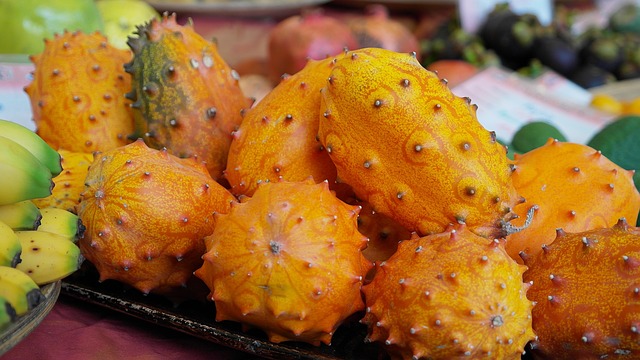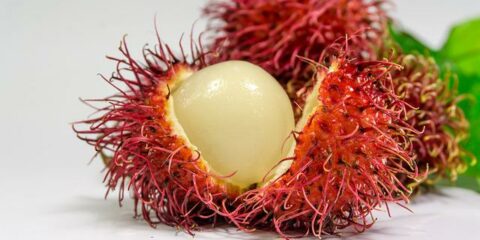| order | name | explain |
| 1 | Akebia Decaisne | It is a genus of Ranunculaceae. Distributed in eastern Asia (China, Japan, and Korea), it is an important medicinal plant. Its roots, vines, fruits, and seeds can be used as medicine. It has high medicinal value; The leaves, flowers, and fruits are highly ornamental, and the pulp is rich in nutrition and can be eaten fresh or processed. |
| 2 | Annona squamosa Linn. | Cherimoya is a tropical fruit, which is most commonly found in Taiwan and Hainan. Its flesh is milky white, with a dense taste, sweet and slightly sour, and tastes sweet when eaten fresh. |
| 3 | Salacca zalacca (Gaertn.) Voss | It is a fruit from Southeast Asia. The shell of snakeskin fruit has a texture similar to that of a snake. When you eat it for the first time, you will feel that the pulp has a sour smell, just like lees. But when you taste it carefully, you will find that the taste is good. In addition, snakeskin fruit is rich in nutrition. |
| 4 | Cucumis metuliferus E.Mey. ex Naudin | Spiny horned melon is a kind of strange-looking fruit. The flesh inside is green and there are some strange thorns outside. Although it looks like some kind of poisonous aquatic organism, it is actually a very soft and juicy fruit. |
| 5 | Black persimmon | Black persimmon has a lovely common name, called “chocolate pudding fruit”. The flesh of black persimmon is really dark, just like the color of chocolate. It is said that the black persimmon tastes like chocolate, but it looks like a broken fruit. |
| 6 | Noni | It is native to the South Pacific Islands. Mature Noni will emit a pungent odor. Although it tastes bitter, it is often used by islanders to satisfy their hunger because of its large output. Therefore, it is also called “hungry fruit”. |
| 7 | a granadilla; a passion fruit | Passion fruit, commonly known as “Brazil fruit”, is native to Brazil and belongs to the Passiflora family. Its fruit juice is known as “passion fruit” because it can emit the rich aroma of pineapple, banana, guava, strawberry, lemon, pomegranate, and other fruits. Although the appearance of passion fruit is a little similar to that of mangosteen, when you cut it, you will find that it looks like an unripe egg yolk. |
| 8 | Nephelium lappaceum L | It is also called maolitchi. The hairy appearance greatly reduces people’s appetite. However, when Xiaobian first ate it, he found that the taste was very similar to litchi, and the eating method was also very similar to litchi. As long as the soft burrs were removed and squeezed gently, the white and transparent flesh would be exposed. |
| 9 | Ugly orange | Ugly orange is also called “ugly”. I believe many people have eaten it. Although it looks a bit greedy and wrinkled, its taste is very delicious and easy to peel. This is also the gospel of lazy people. |
| 10 | pitaya | It is native to the lahari desert in Khartoum Africa. It is also called African honeydew. It is pear-shaped and weighs no more than a pound. The peel is rich in vitamin C and plant fiber. The jelly-like pulp can be eaten directly or squeezed into fruit juice for drinking. It has the taste of lime and banana. |
| 11 | Pawpaw | Produced in the United States, it looks like a mango, but its color is not as yellow as a mango. The taste is similar to a banana, mango, and Hami melon. It contains more protein than most fruits. |
| 12 | black brin | Native to India, it turns green when immature, then gradually turns pink and crimson until it turns black. It tastes sour, sweet, and astringent, and the tongue will turn purple after eating. |
| 13 | Penglai banana | It is native to the rainforest of Central America and looks more like a corn cob. Only the flesh is edible and the peel is poisonous. The mature Penglai banana has a mixture of banana, pineapple, and mango. |
| 14 | custard apple | Originating in tropical Central America is named for its the appearance that resembles Shakyamuni’s hair. Although it looks barren, the white pulp is soft and sweet, especially rich in flavor. |
The above summary is for reference only. Welcome to comment.





